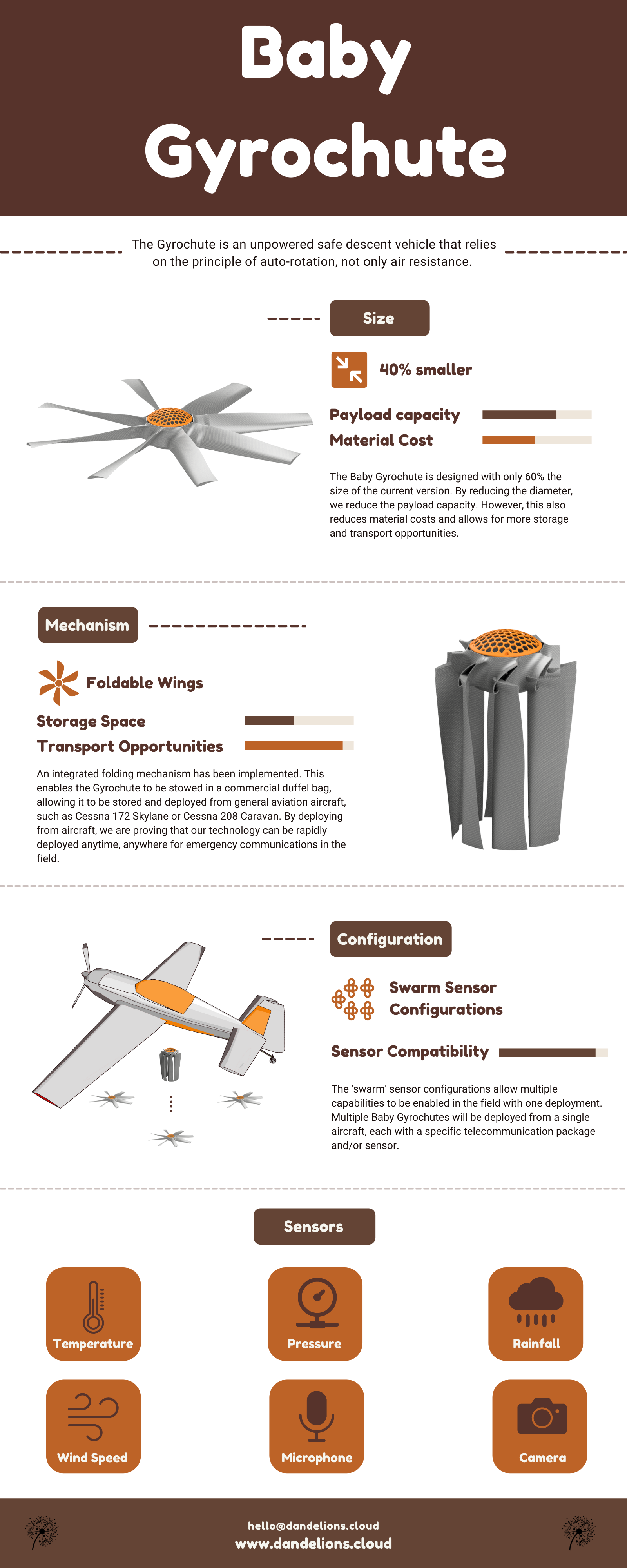Temperature sensors are used in our everyday lives.
It could be in the form of thermometers, domestic water heaters, microwaves, or refrigerators.
Depending on your use case, you may want to use a specific temperature sensor to fit in the Gyrochute.
So, what categories of temperature sensors are there, and what are the examples?
Let's find out in this article!
What Is Temperature Sensor?
A temperature sensor is an electronic device that measures the temperature of its environment and converts the input data into electronic data to record, monitor, or signal temperature changes.
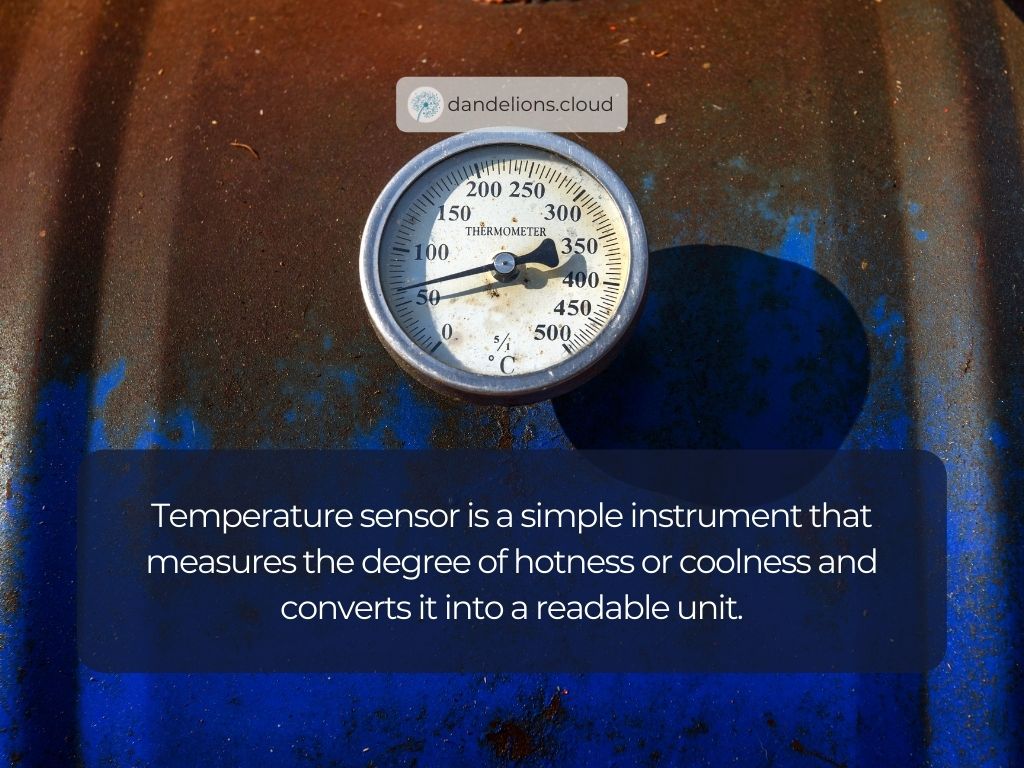
In simple terms, a temperature sensor is a simple instrument that measures the degree of hotness or coolness and converts it into a readable unit.
Categories Of Temperature Sensor
There are two categories of temperature sensors.
1 - Contact Temperature Sensors
These sensors require direct contact with the physical object that is being monitored. They can be used to detect solids, liquids, or gases over a wide range of temperatures.
Contact sensors are used when:
You can make good thermal contact with the object or fluid
If the expected temperature is below ~1700°C (3400°F) or above about –40°C (–40°F)
Examples of Contact Temperature Sensors
Resistance Temperature Detector
It is a sensor whose resistance changes as its temperature changes. The resistance increases as the temperature of the sensor increases.
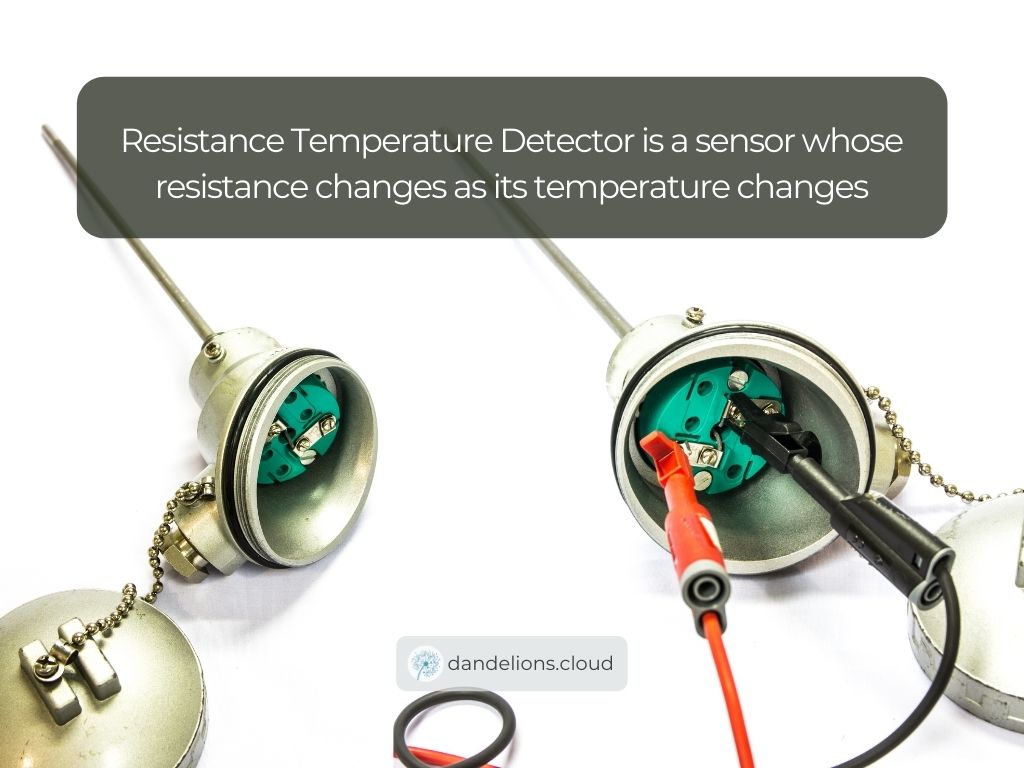
Since it is a passive device, it does not produce an output on its own. External electronic devices are used to measure the resistance of the sensor by passing a small electrical current through the sensor to generate a voltage.
2. Thermocouple
It is a sensor tool that’s principally designed to measure the unknown temperatures of various physical bodies, components, or substances.
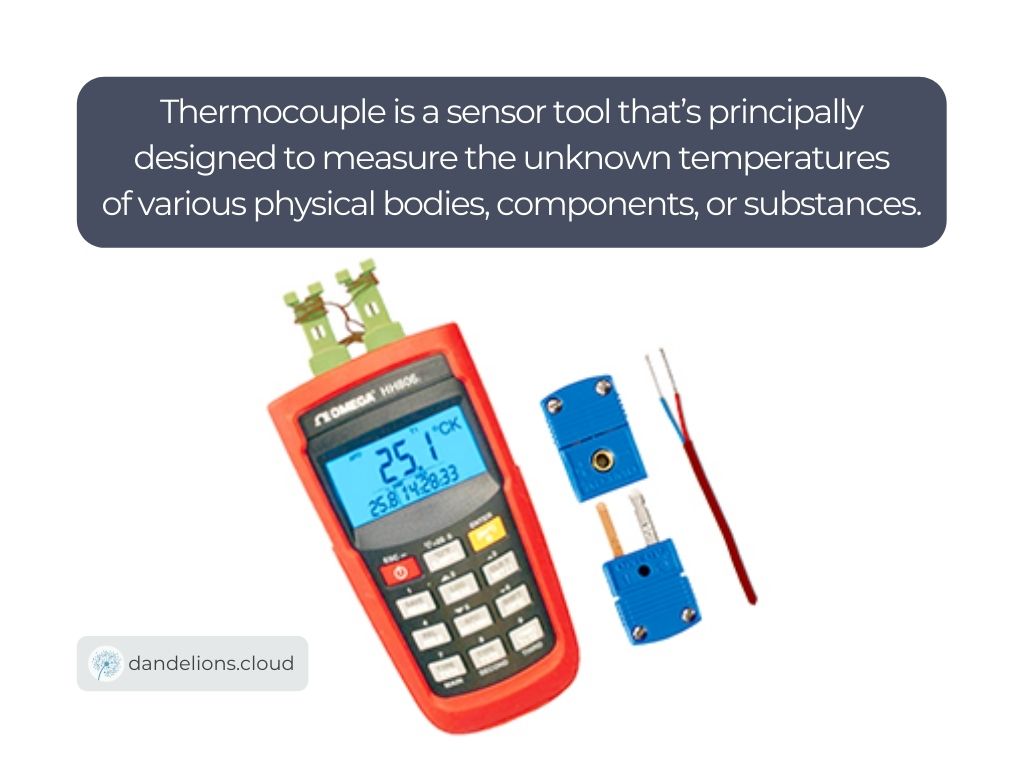
A thermocouple is made up of at least two wires of different metals that, when joined together to form a circuit, create two separate electrical junctions. The voltage between the two wires reflects the change in temperature.
3. Thermistor (Resistance Thermometer)
A thermistor is a type of resistor whose resistance is reliant on temperature.

Thermistors don’t work well with extreme temperatures, but they are perfectly suited for measuring the temperature at a certain point.
Therefore, this sensor is precise when it is used within a limited temperature range e.g within 50 °C of the target temperature.
2 - Non-Contact Temperature Sensors
These are sensors that indirectly measure the temperature of an object.
Non-contact sensors generally rely on technologies that are based on electrical, magnetic, optical, sonic, or other principles, rather than depending on physical contact or mechanical movement to obtain readings.
Non-contact sensors are used when:
The object is moving
Contact would damage either the object or the sensor (e.g., extremely hot, corrosive, abrasive, etc.)
Contact with the object would change its temperature significantly
Large, observable area measurement is desirable
The object is too far away or very difficult to access, such as inside a special atmosphere or in outer space, (e.g., stars and galaxies)
Examples of Non-Contact Temperature Sensors
Infrared Thermometer
It enables you to measure temperature quickly, at a distance, and without touching the object you're measuring.
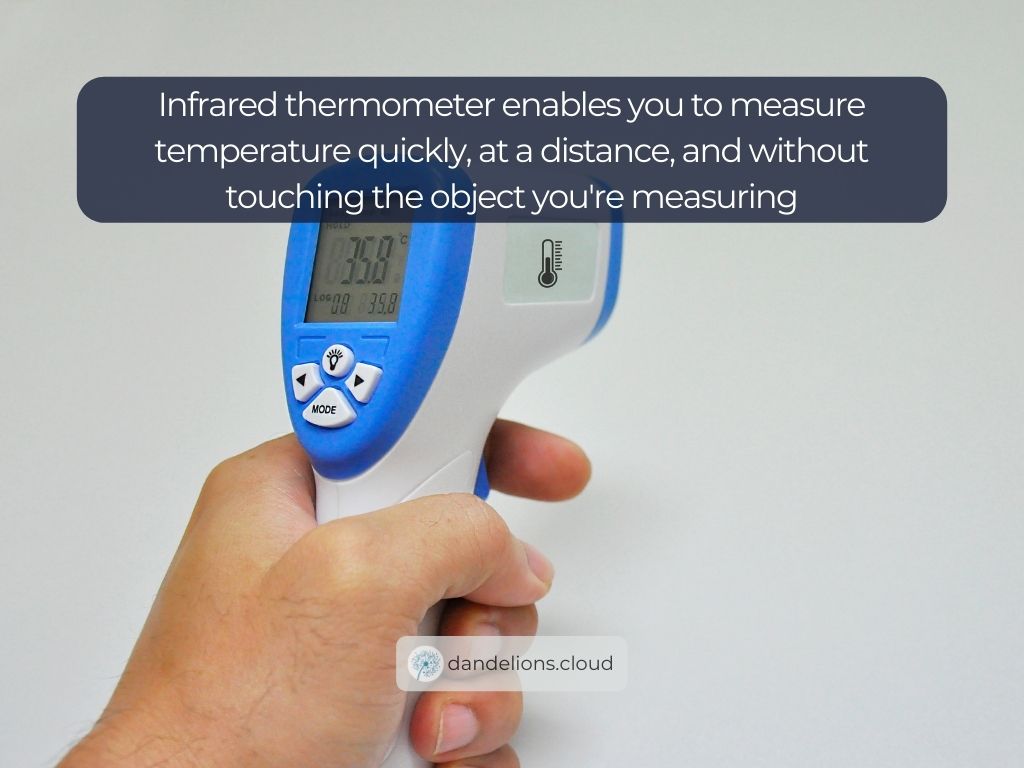
Some usages of Infrared Thermometer:
Detecting clouds for remote telescope operation
Checking mechanical or electrical equipment for temperature and hot spots
Measuring the temperature of patients in a hospital without touching them
Checking heater or oven temperature
Checking hot spots in fire-fighting
Measuring the temperature of volcanoes.
2. Thermal Imaging Camera
Thermal imaging cameras are devices that translate thermal energy (heat) into visible light in order to analyze a particular object or scene. The image produced is known as a thermogram and is analyzed through a process called thermography.
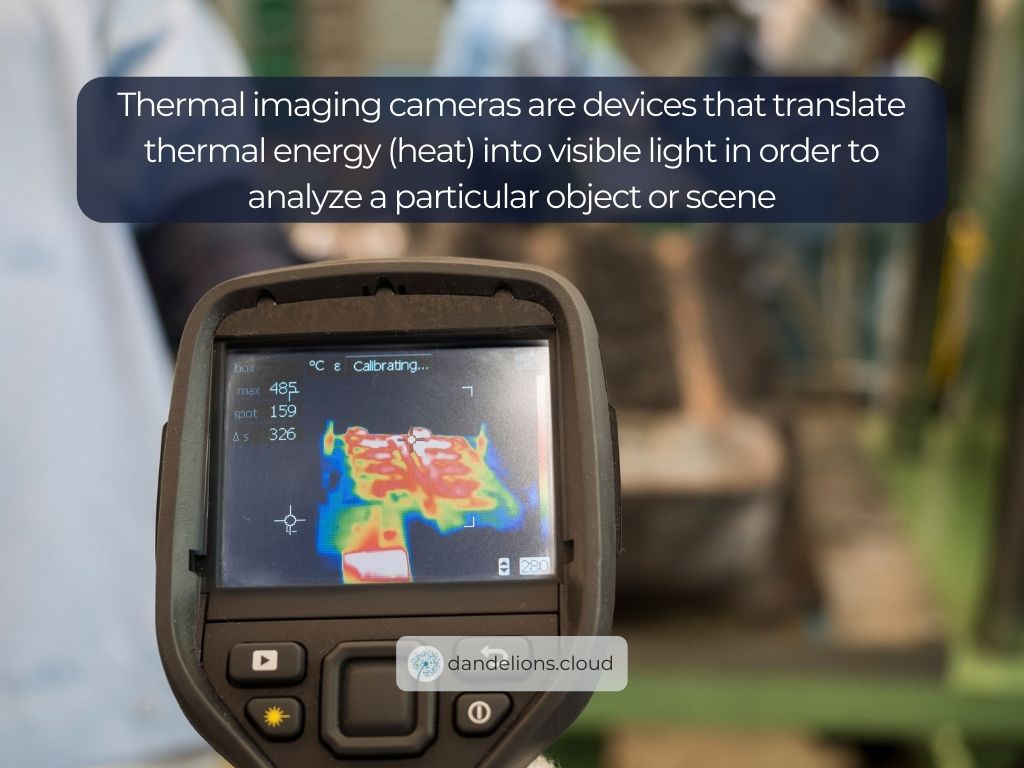
Some uses of Thermal Imaging Camera:
Firefighters use them to see through smoke, find people and localize hotspots of fires
Law enforcement uses the technology to manage surveillance activities, locate and apprehend suspects, investigate crime scenes and conduct search and rescue operations
Power line maintenance technicians locate overheating joints and parts to eliminate potential failures
Physiological activities, such as fever, in human beings and other warm-blooded animals
Conclusion
In conclusion, a temperature sensor is a simple instrument that measures the degree of hotness or coolness and converts it into a readable unit. Some examples of contact temperature sensors are Resistance Temperature Detector, Thermocouple, and Thermistor. Meanwhile, some examples of non-contact temperature sensors are Infrared Thermometer and Thermal Imaging Camera.
Here at Dandelions, we are in the process of creating an air deployable vehicle called the Gyrochute.
Contact us at hello@dandelions.cloud for more information regarding our innovation.
Stay tuned for our latest updates!
